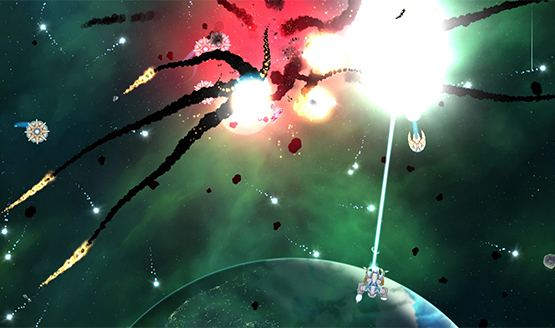From the image above, it’s easy to dismiss Xenoraid as yet another space arcade shooter. It looks like it’s probably a dual stick shooter as well, right? I completely assumed the same when this was handed to me. Sure, boss, I’ll see what this could possibly be about and have it entirely finished in an hour. And lo, how so very wrong I was. This is what I get for assuming. You do know what happens when you assume, right?
So no, this isn’t a dual stick shooter. It is a space arcade shooter, but there’s nothing generic about it. Xenoraid combines the classic arcade elements of old school Centipede with modern day Geometry Wars. The differences are you don’t shoot geometric shapes or a giant insect, and it’s not a dubstep acid trip. There’s actually some solid strategic depth buried within, bringing a different kind of challenge to the title.
Classic Arcade, New Spin
The story behind Xenoraid is nothing groundbreaking. Aliens are invading Earth’s solar system, and Earth’s space fleet is doing everything they can to stop these aliens before they reach the planet. The first set of missions takes place on a space station near Saturn, and each level thereafter moves closer in toward Earth as they fail to stop the mothership. In a game like this, the story is simply a filler, a purpose as to why you’re shooting alien ships in space. We’ve never really needed a reason before, but hey, it’s nice to have some effort with a story.
Players control four different ships for each mission, but only one ship takes point on the screen. By tapping the Vita screen, you can swap the lead with any ship at any time. Swapping ships is ideal for dodging attacks, saving a ship from the brink of death, and trying out different weapons. Every ship can be the same in your squadron, but that’s rarely an optimal configuration. Not every ship moves the same way or at the same speed. Sometimes it’s best to have a couple of heavy hitters on stand-by for those larger ships with shields and boss fights. Some ships have amazing secondary weapons but awful primary weapons and vice versa. It’s an adventure in of itself just sampling the different ships.
If you lose a ship in battle, you can replace it with any credits you earn for completing the mission. Ships are expensive, however, and any credits spend on a ship can’t be spent on ship upgrades, ship repairs, or the more vital tech upgrades. The tech upgrades provide special abilities in combat, such as countermeasures against ship-seeking plasma bombs, detonating a nuke upon losing a ship, or reducing the cool-down time for the primary weapon. The tech upgrades do not carry across levels. Once you leave one region of space, you will have to start over with both tech upgrades and ship upgrades. Choosing which tech upgrades to purchase at the start of a level will make or break your progress in the level. Without the right tech in place, your ships will never survive, even if you have enough credits to repair them after each mission.
Failing a mission does not send you back to restarting that mission; it sends you back to your last checkpoint. The checkpoint could be one mission back, and it could be five. There’s not really a better motivation to not die with this type of game. Replacing ships is bad enough, but to repeat four missions? It’s not fun, that I can assure you. This is exactly why your choices for the tech upgrades are so important. Not choosing the right tech upgrade can ensure you never get to the next checkpoint.
Classic Arcade, Classic Movement
In case you aren’t old enough to have played Centipede, the little bug shooter on the screen always face upward to the top of the screen. Players could move it up, down, left, and right, but it would never turn around to shoot. The game never needed a reason to turn around and shoot, so that was never a problem. In Xenoraid, the ship moves just like the Centipede shooter in that it can never turn around. Unlike Centipede, the alien ships come at you at 360 degrees, and they have no problems turning a 180 when needed. This is tricky to maneuver alone, but when the asteroid fields move in, the urge to rage quit rises.
Imagine playing Geometry Wars, Super Stardust HD, or even classic arcade game Asteroids without the ability to spin all the way around. Kind of terrifying, isn’t it? It’s yet another reason why those tech upgrades are so darn important; you need all the help you can get battling the enemy from all angles.
Xenoraid is a unique spin on the space shooter genre that offers its own brand of challenge for seasoned players. The short missions are perfect for handheld gameplay, as well, making it easy to pick up and play whenever you have a spare few minutes. Space shooter fans looking for something new that isn’t a dual stick shooter should be fairly pleased with what Xenoraid has to offer.
Xenoraid review code provided by publisher. For more information on scoring please see our Review Policy here.
-
Bite-sized fun
-
Squadron customization
-
Unique challenges
-
Player-controlled ship doesn't turn full 360 degrees
-
Slightly unforgiving checkpoints
Xenoraid Review
-
Xenoraid Review #1
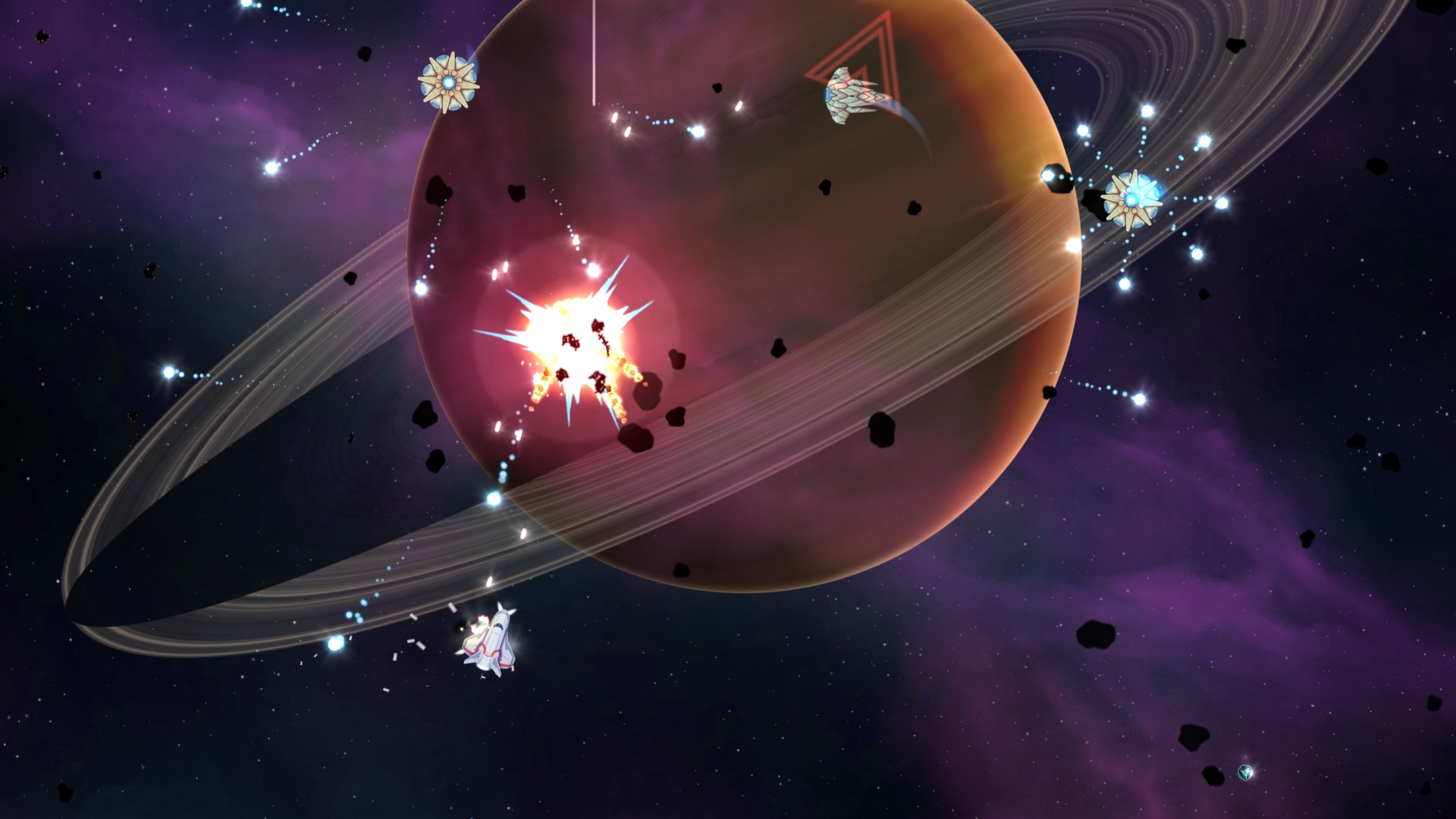
-
Xenoraid Review #2
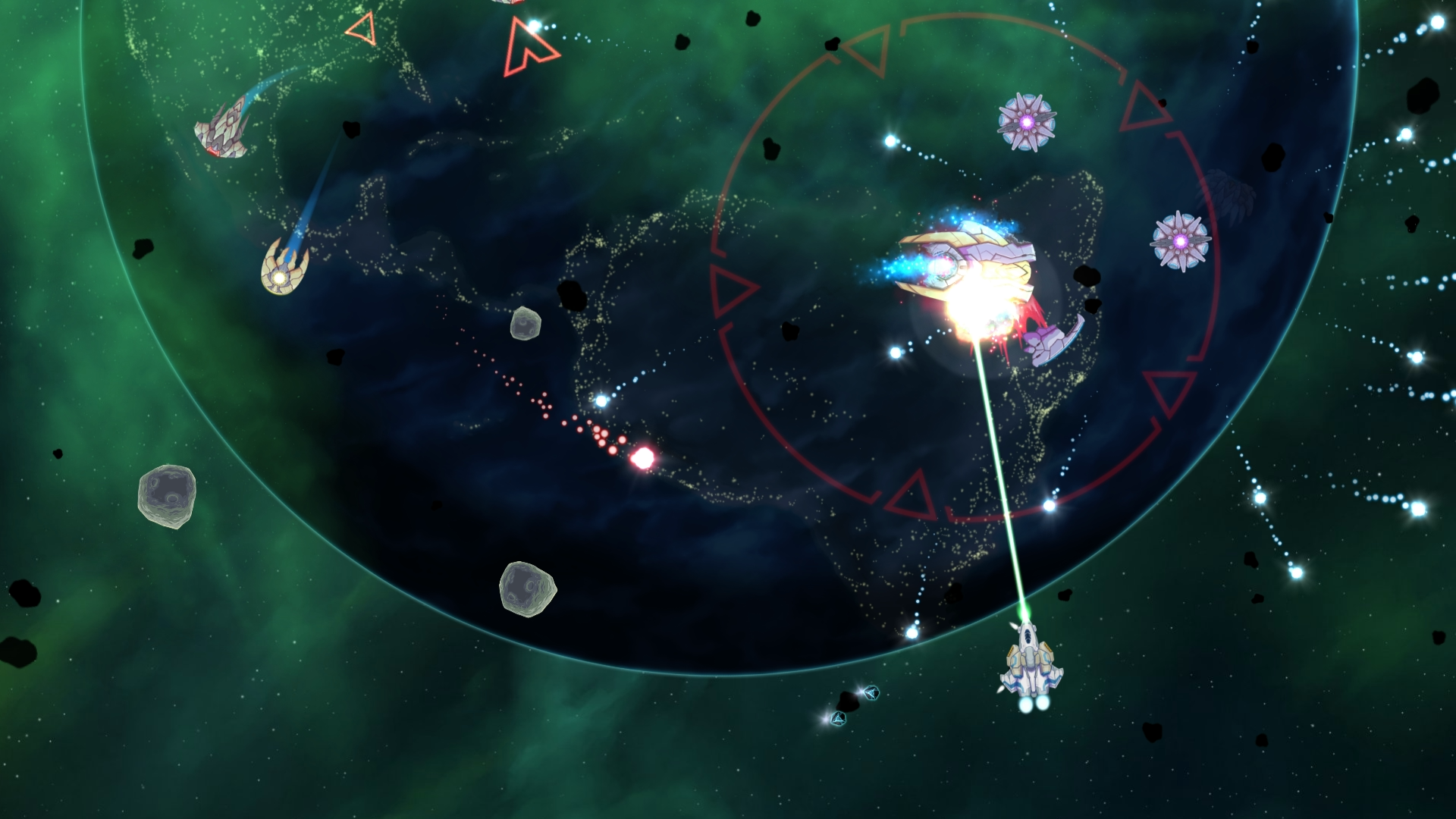
-
Xenoraid Review #3
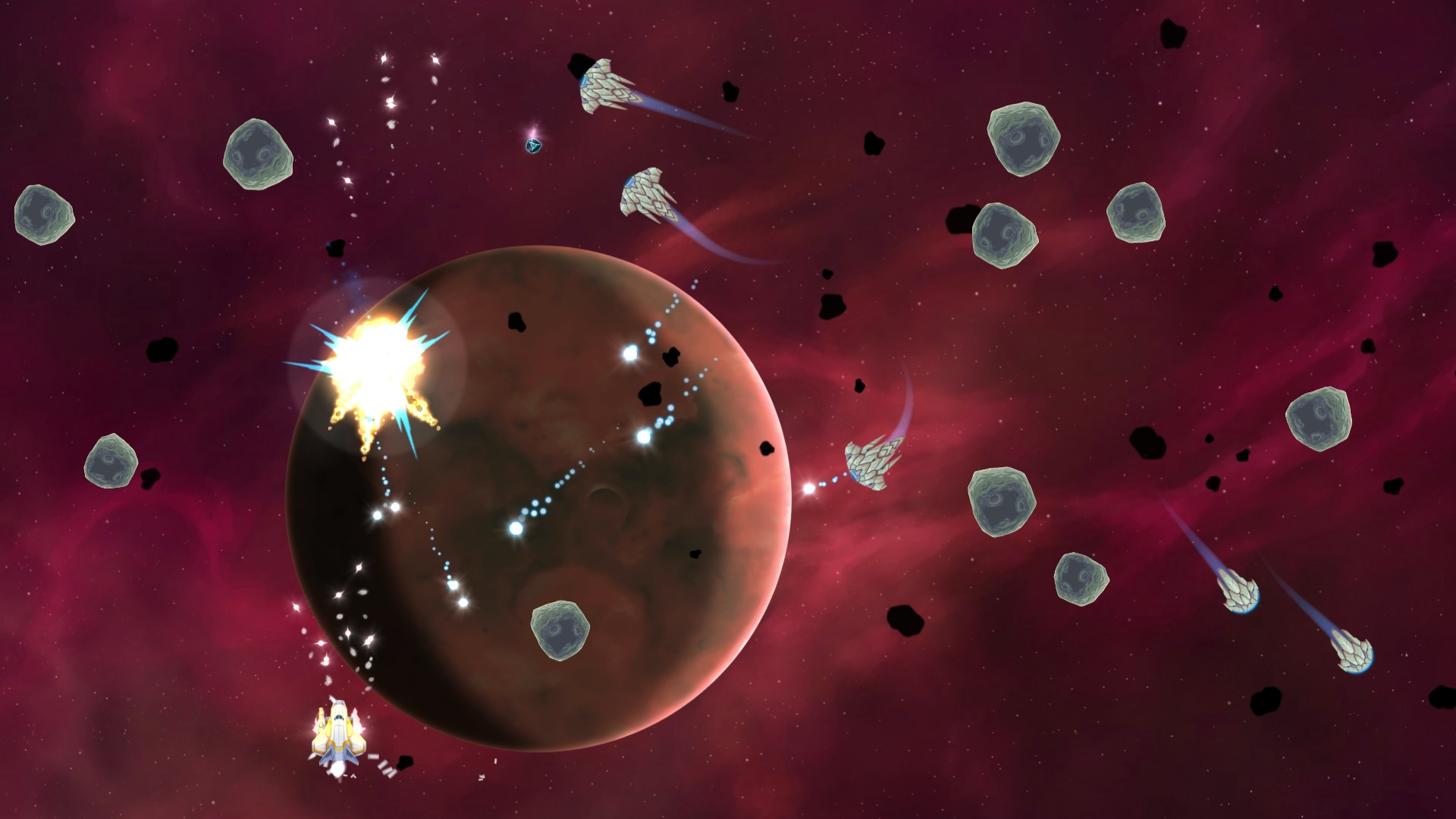
-
Xenoraid Review #4
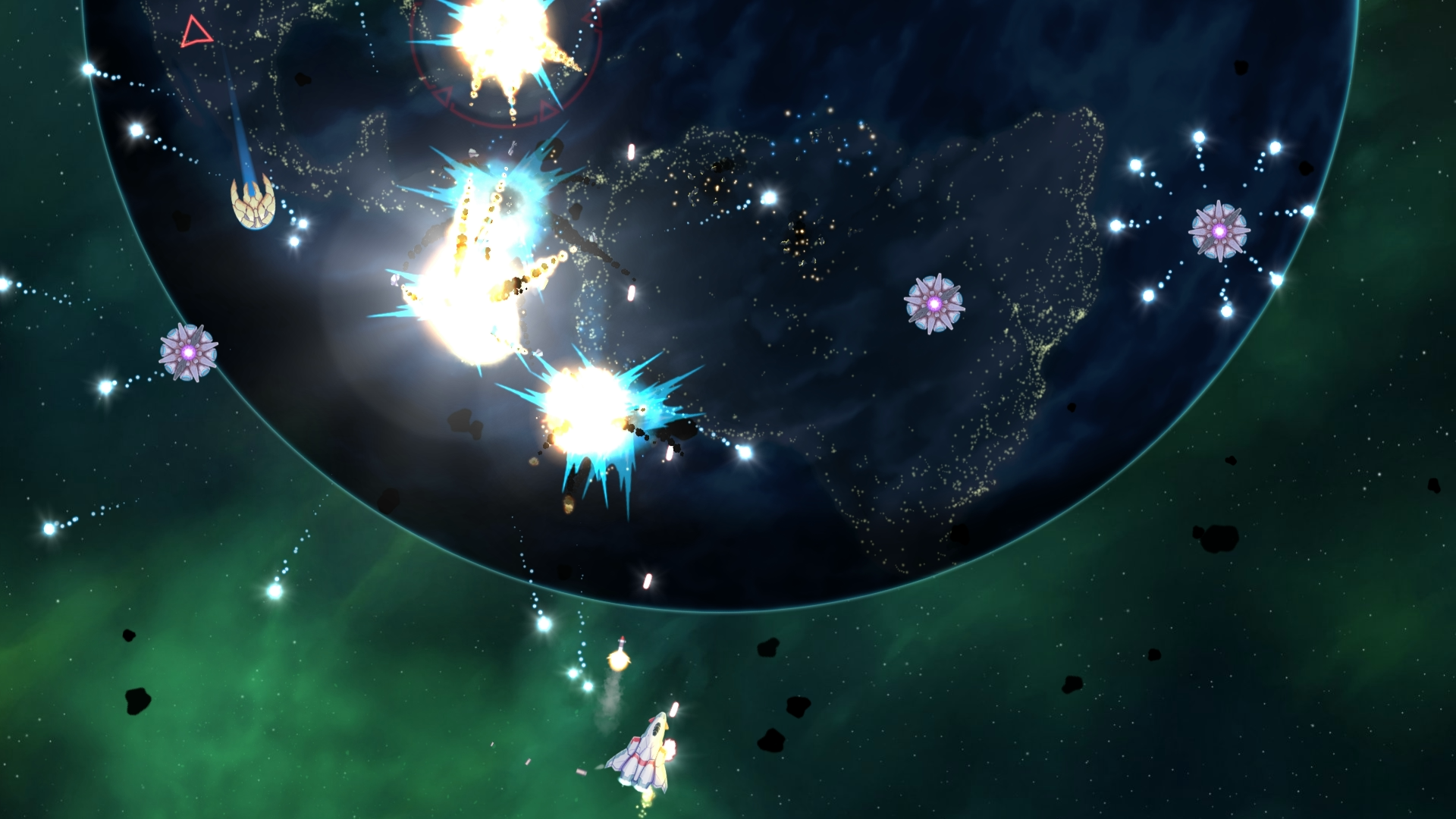
-
Xenoraid Review #5
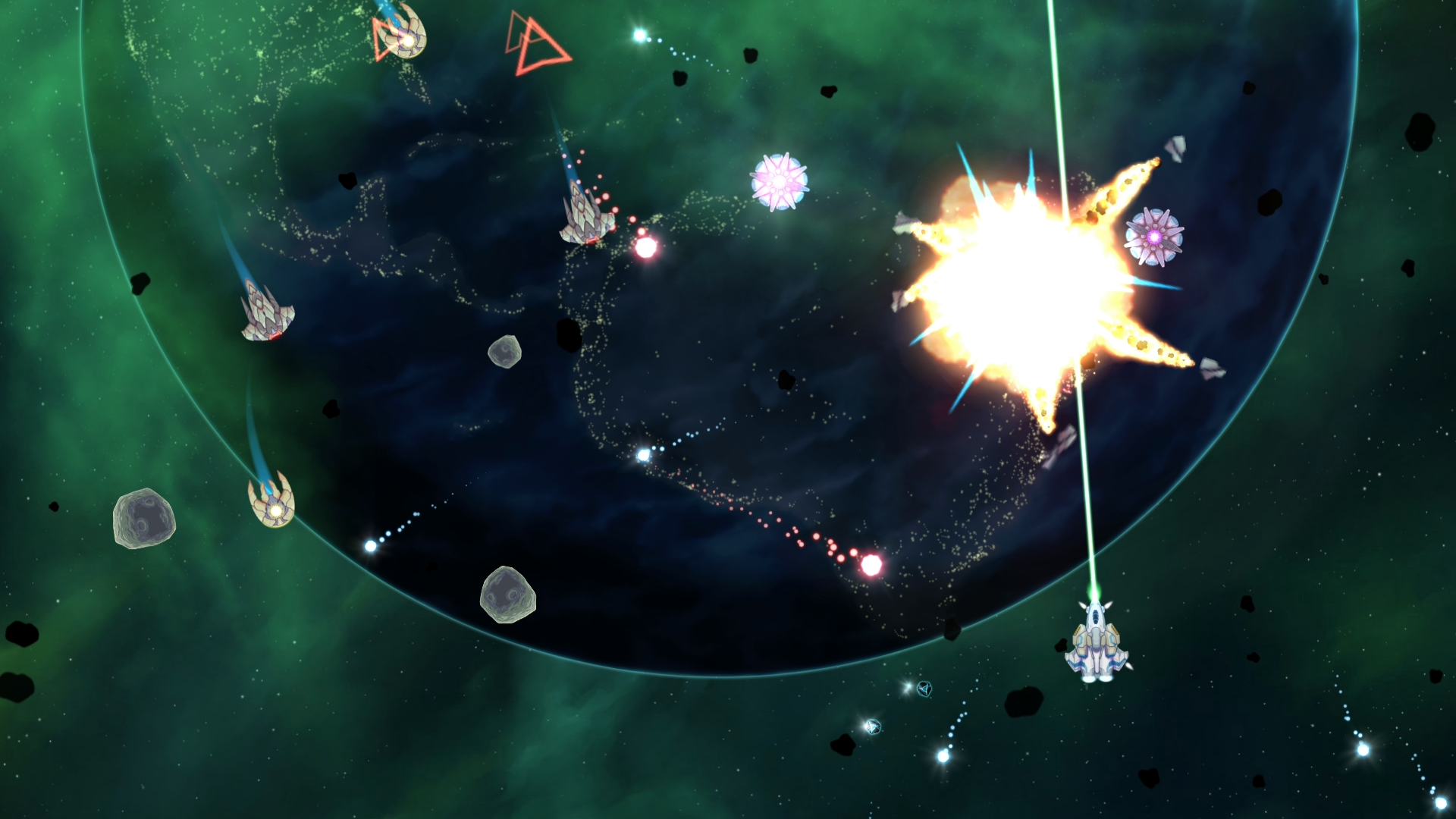
-
Xenoraid Review #6
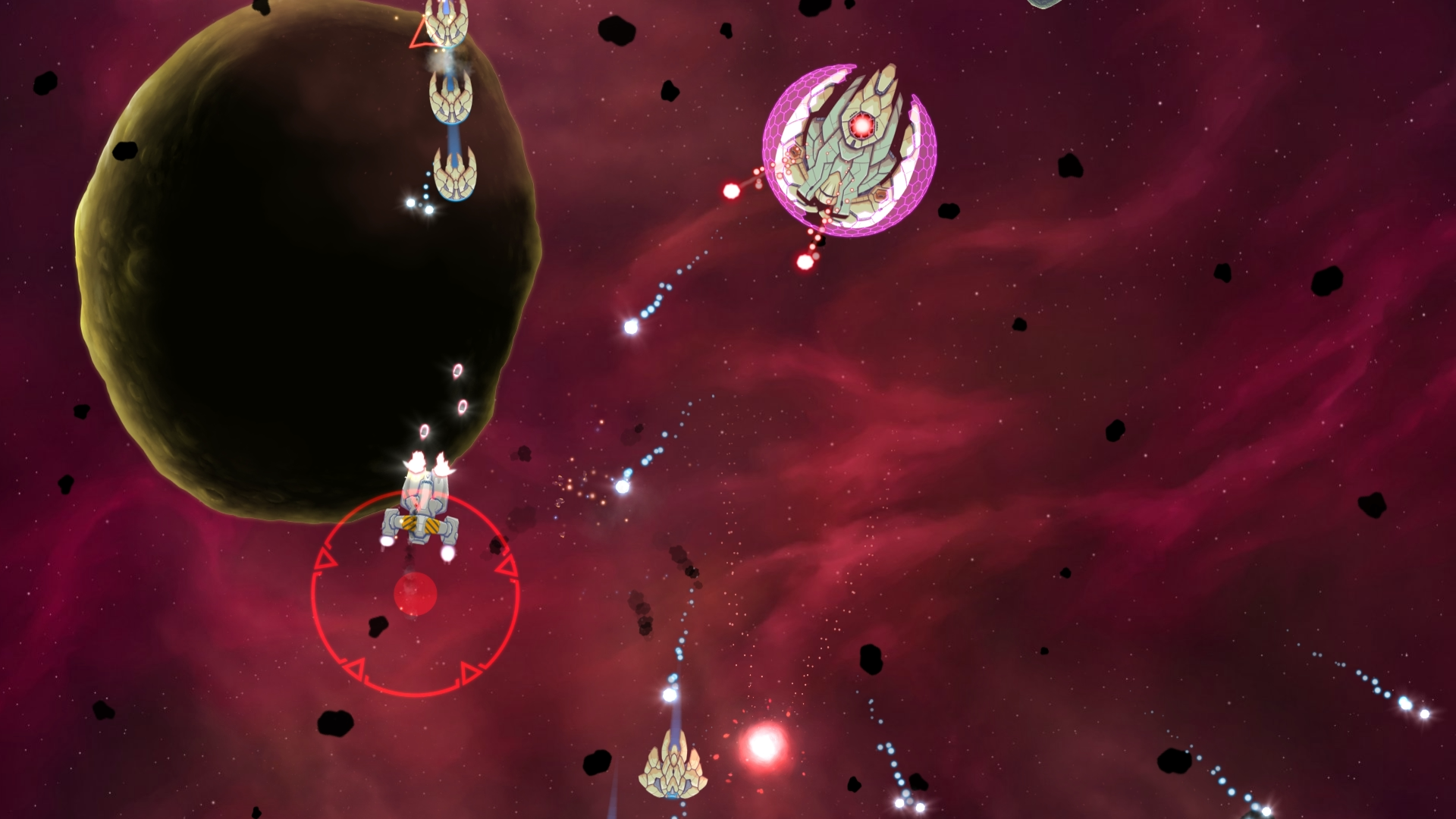
-
Xenoraid Review #7

-
Xenoraid Review #8
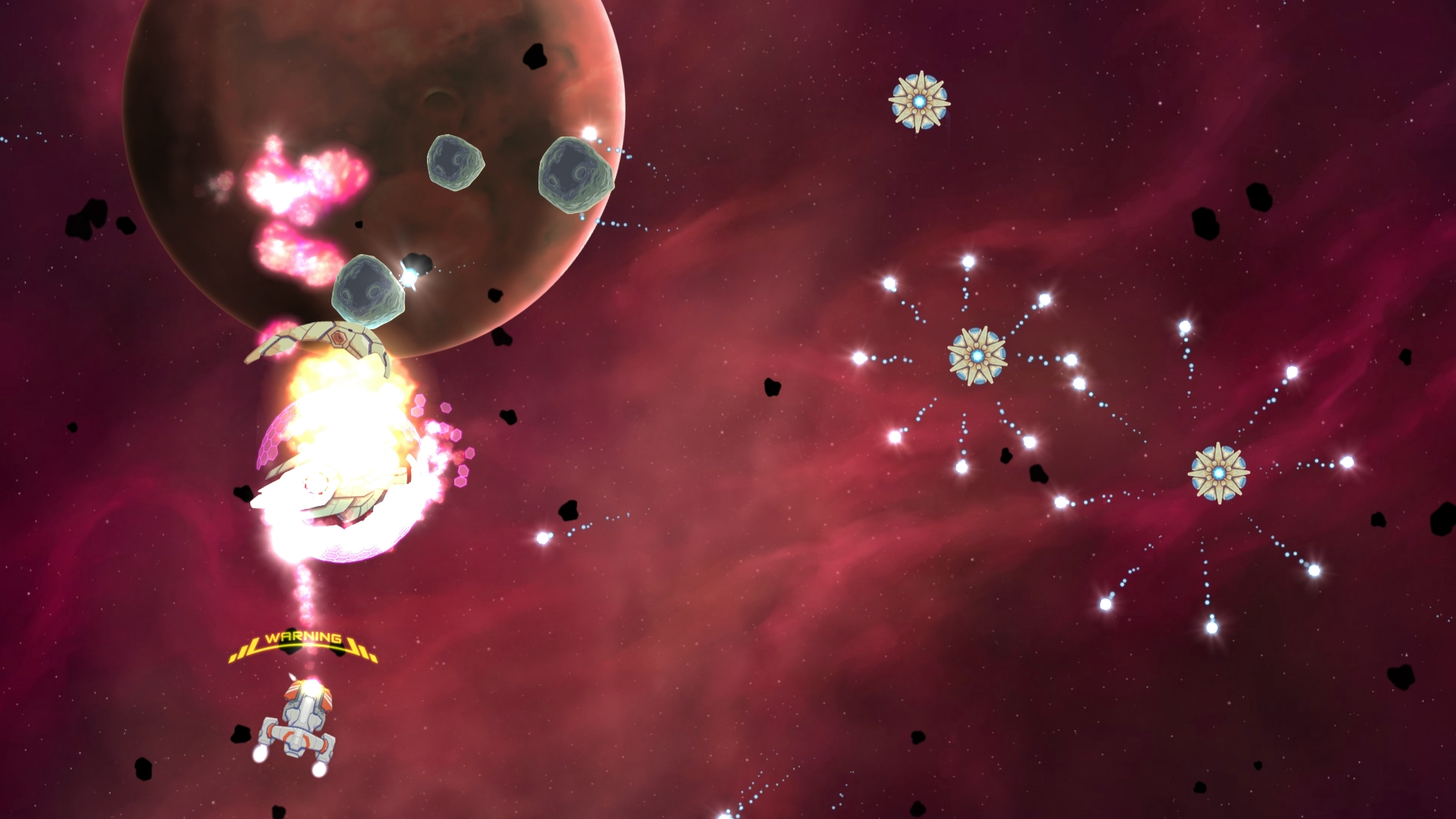
-
Xenoraid Review #9

-
Xenoraid Review #10
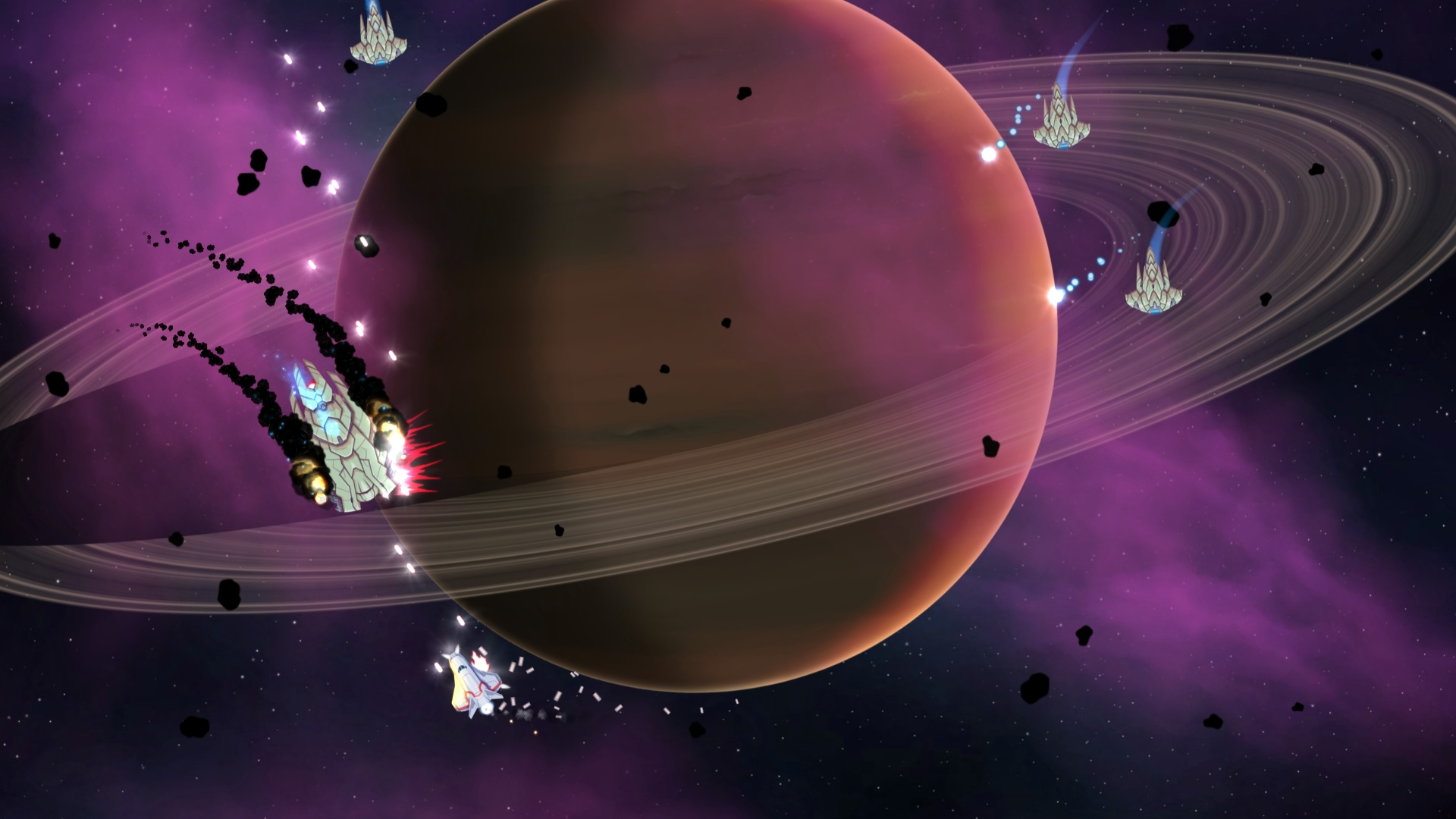
-
Xenoraid Review #11
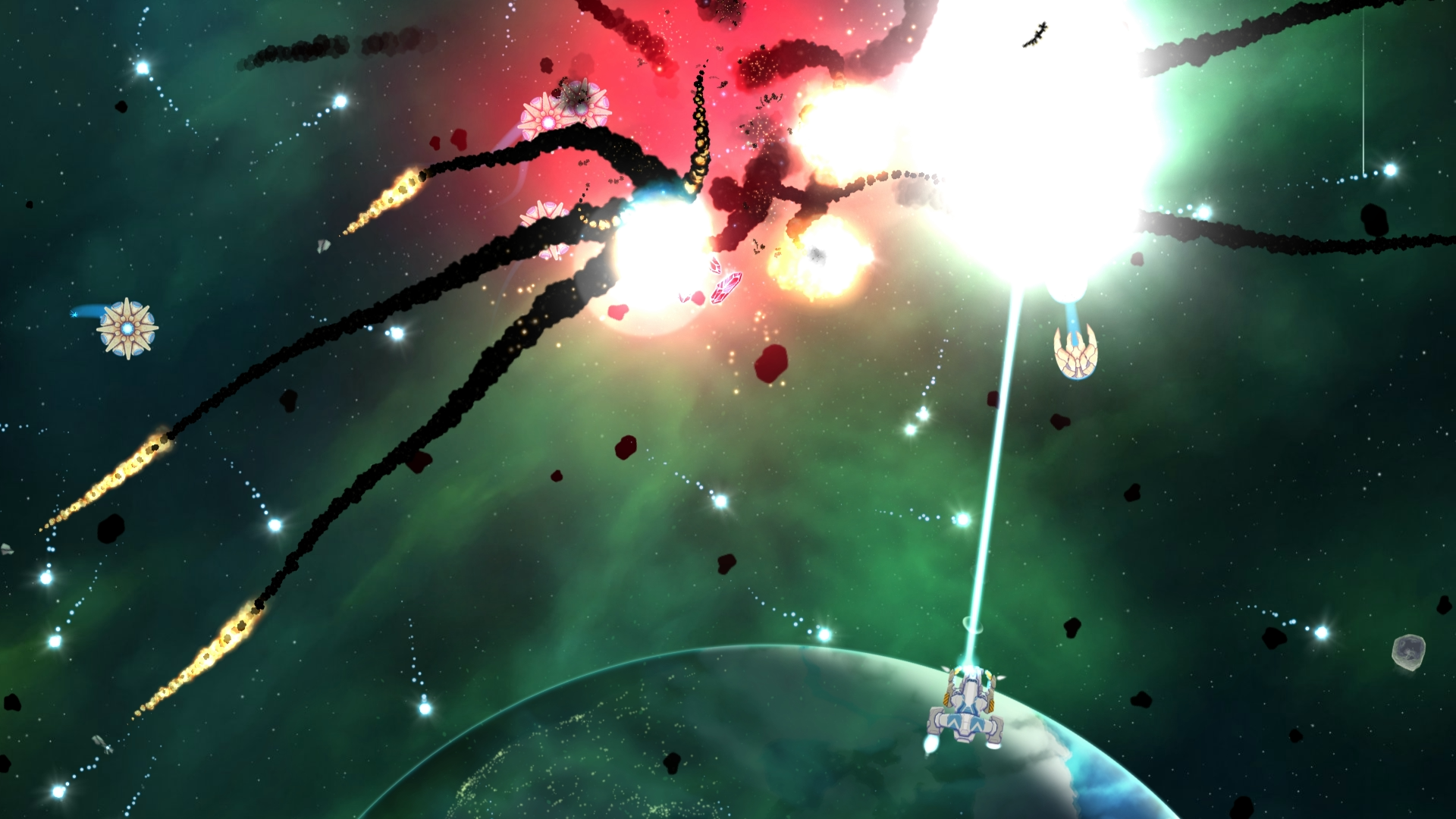
-
Xenoraid Review #12
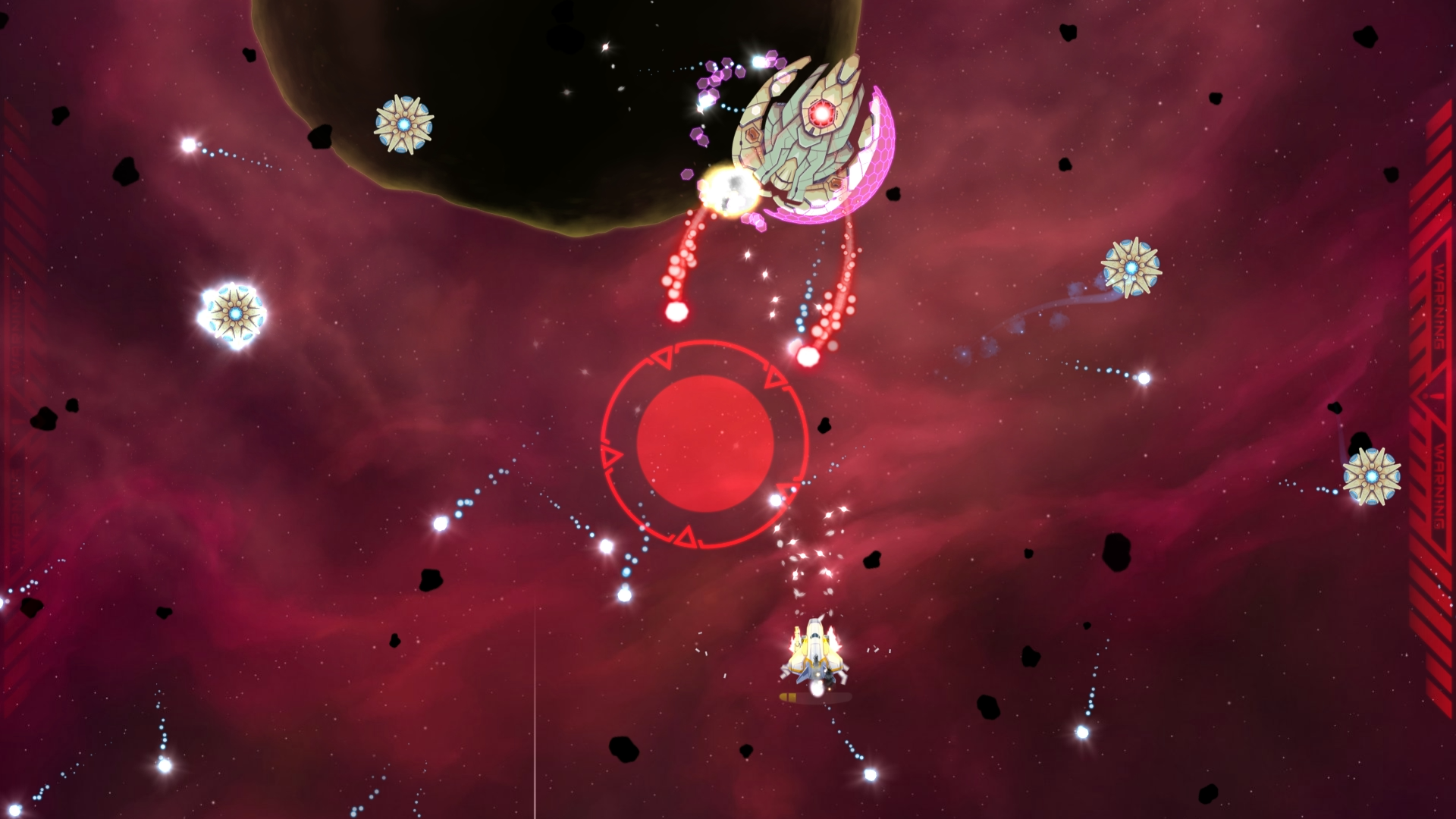
-
Xenoraid Review #13
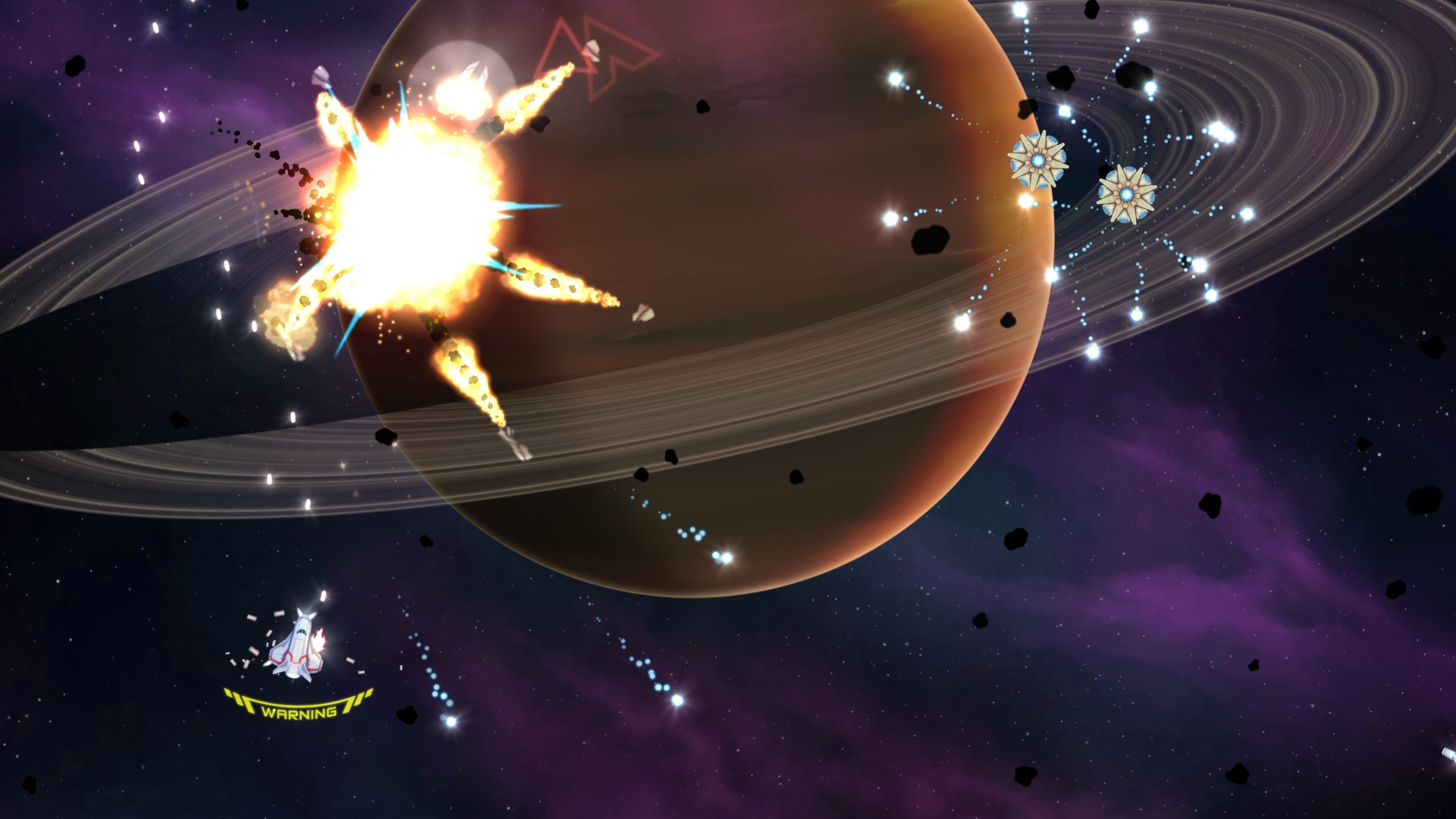
-
Xenoraid Review #14
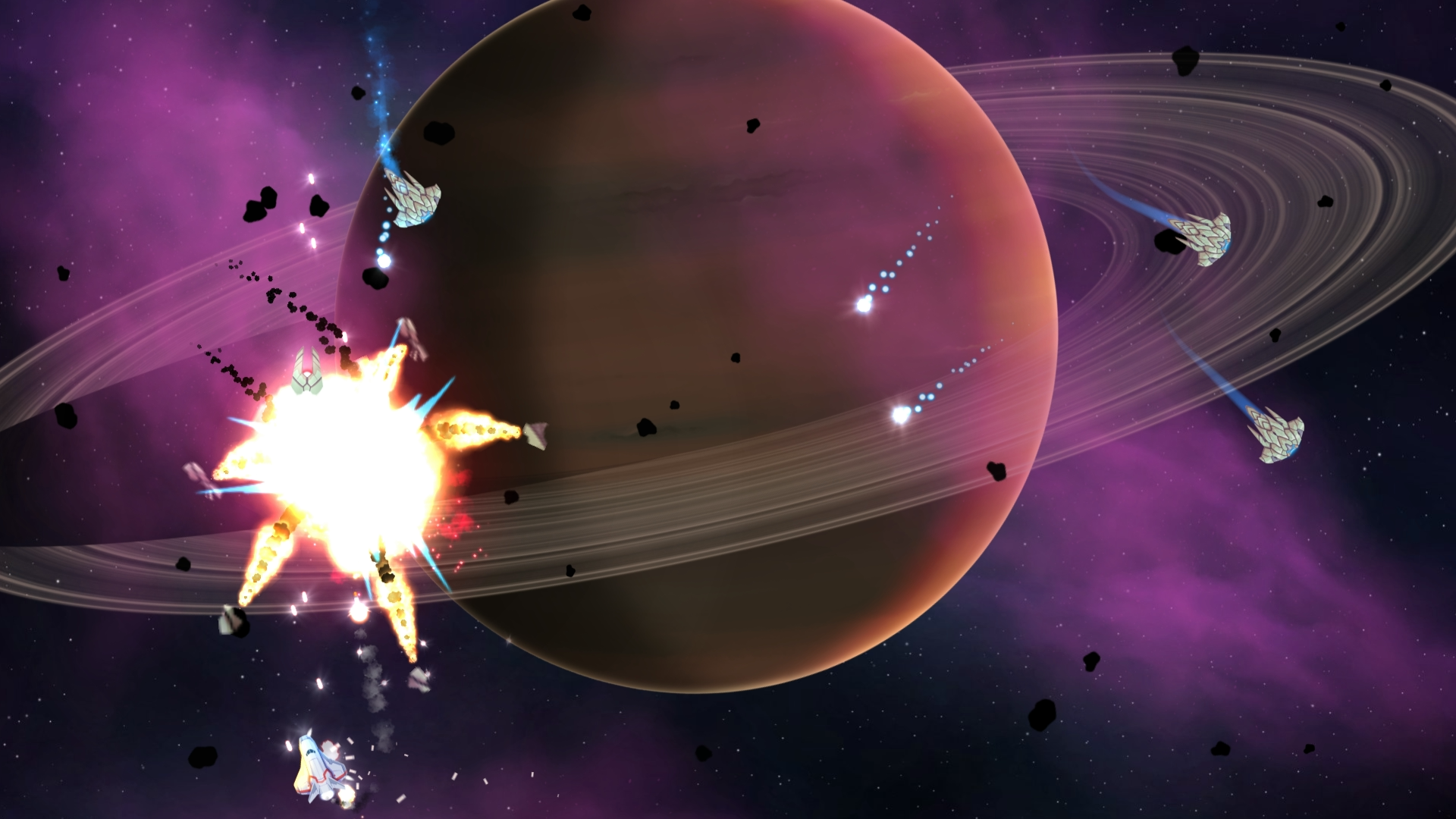
-
Xenoraid Review #15
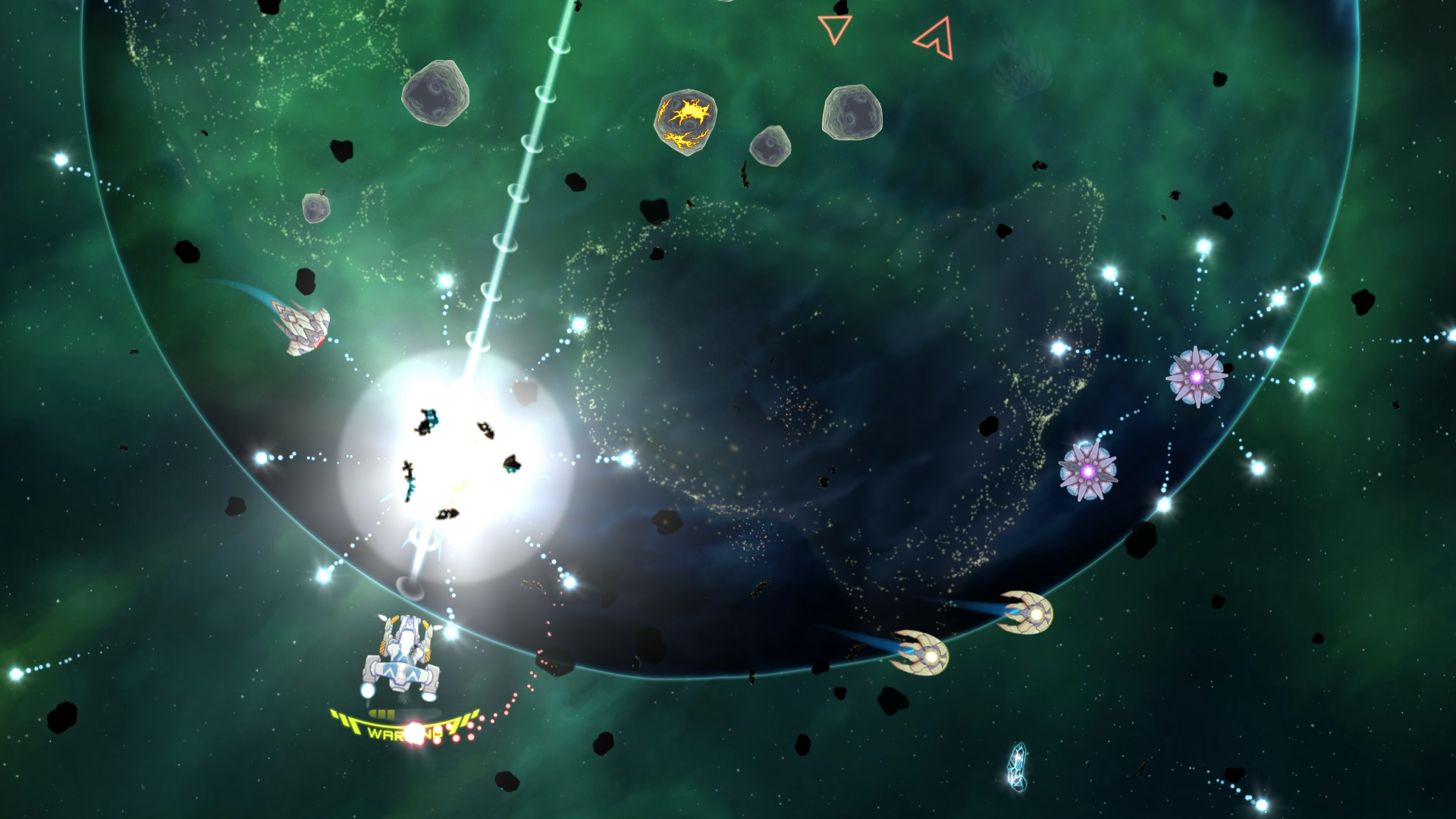
-
Xenoraid Review #16
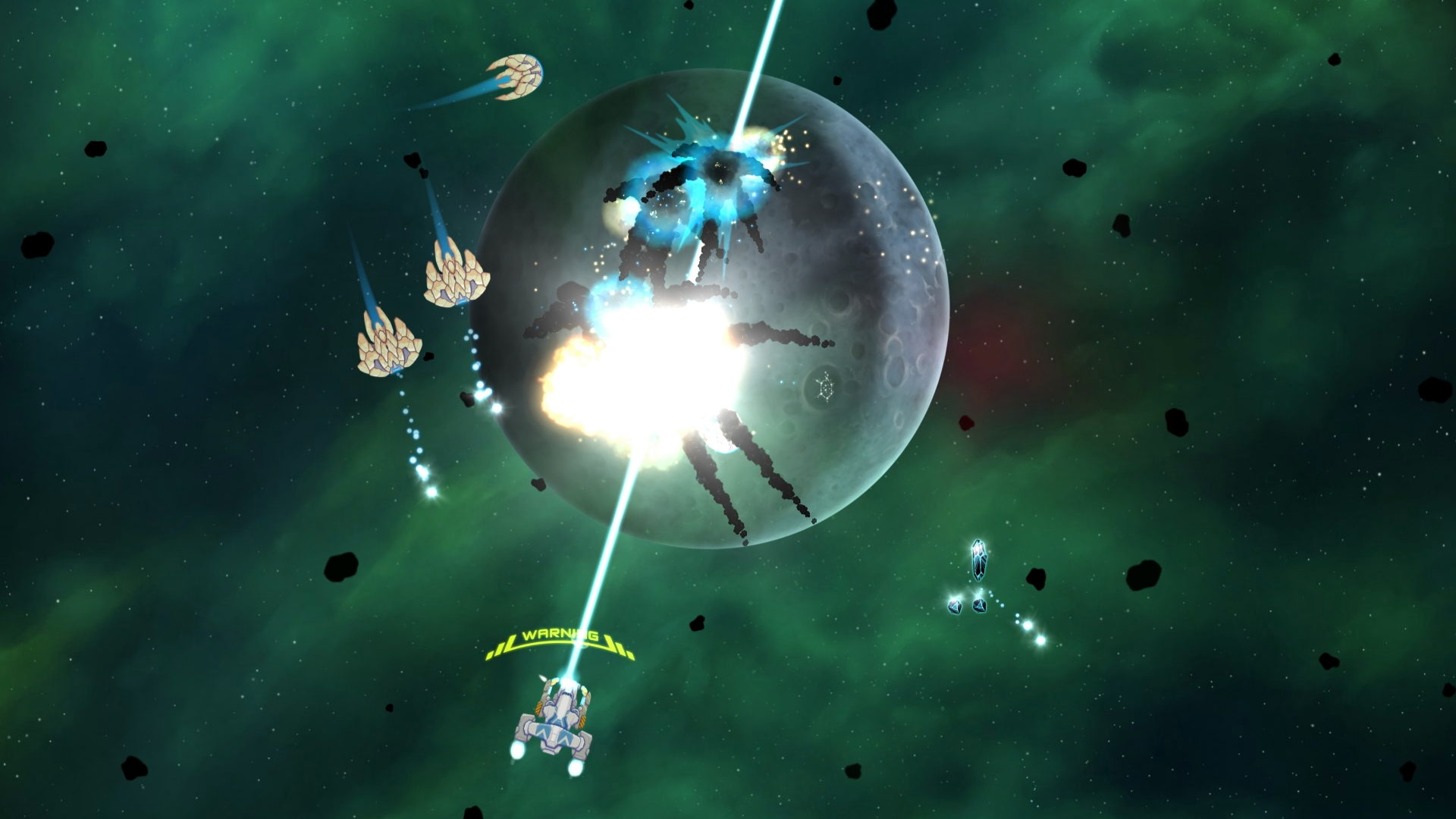
-
Xenoraid Review #17

-
Xenoraid Review #18
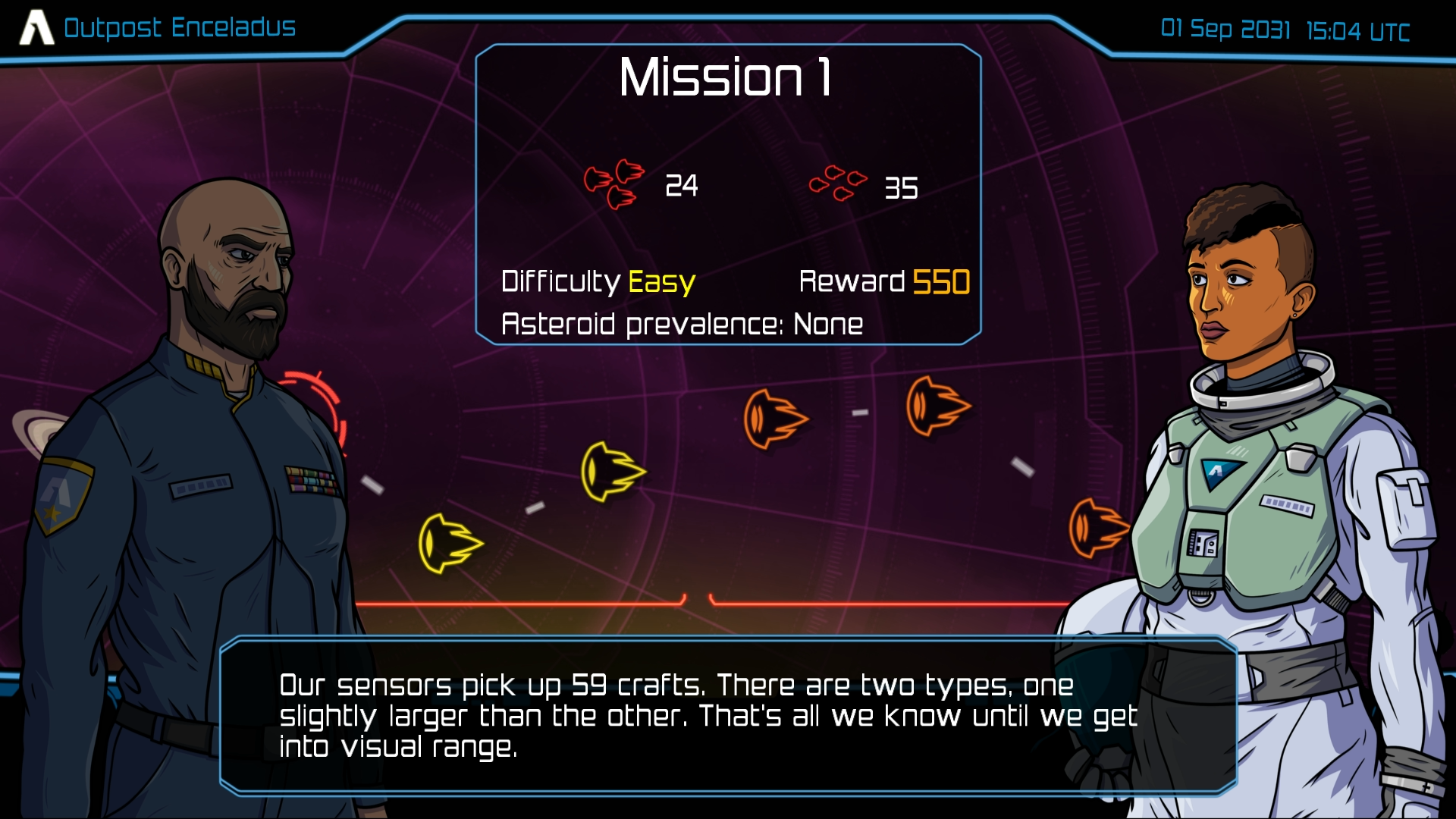
-
Xenoraid Review #19
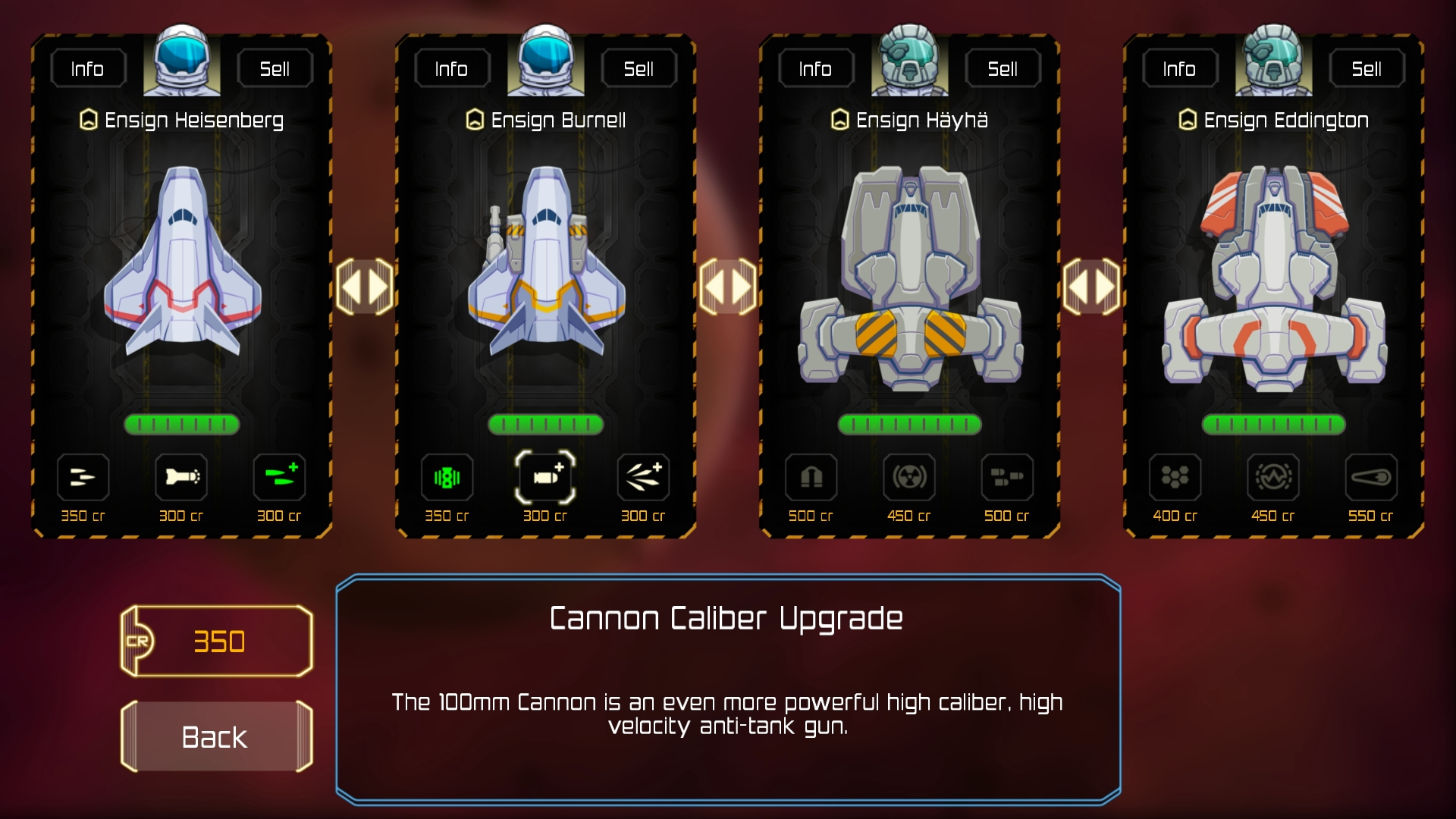
-
Xenoraid Review #20
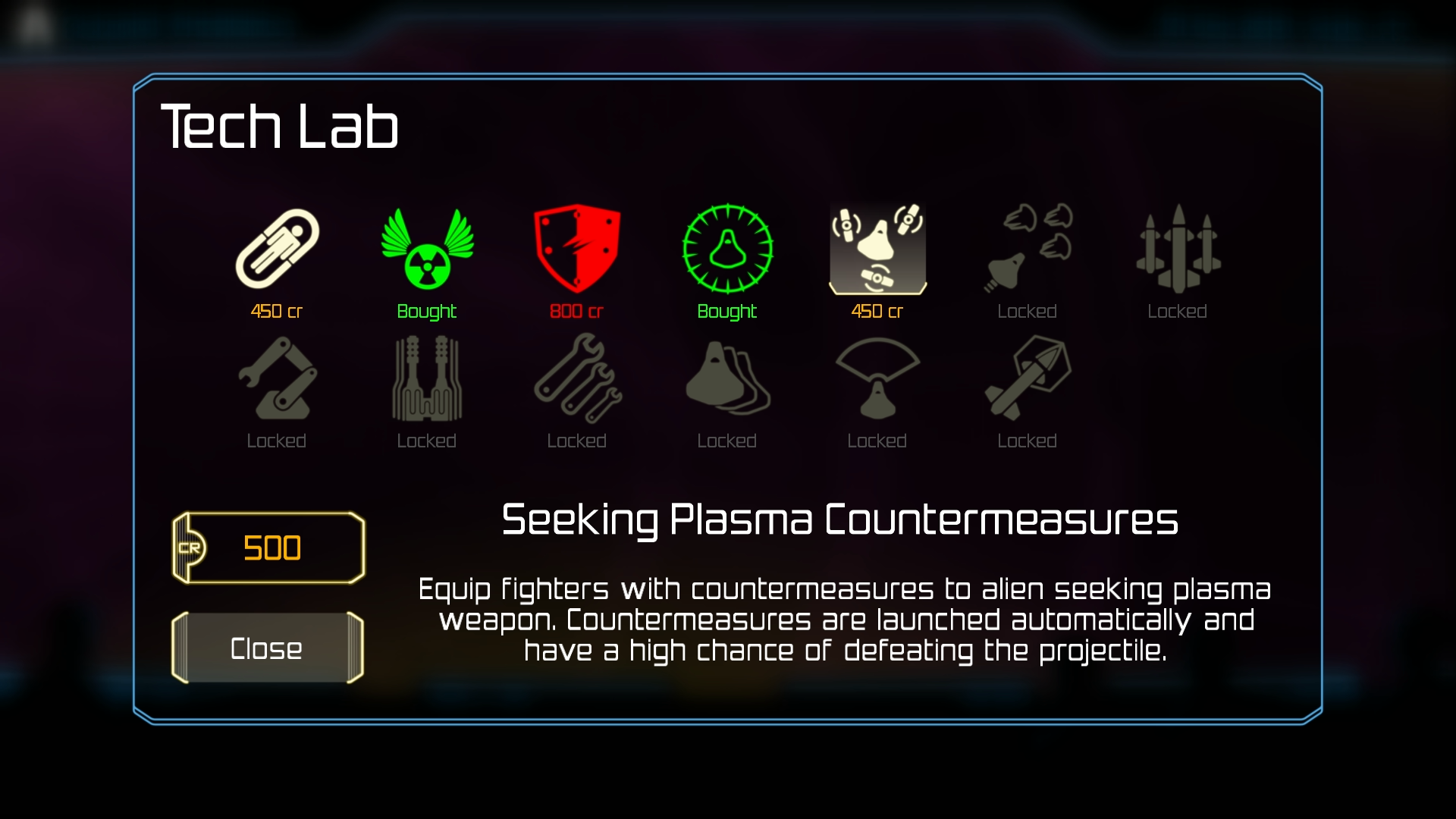
-
Xenoraid Review #21
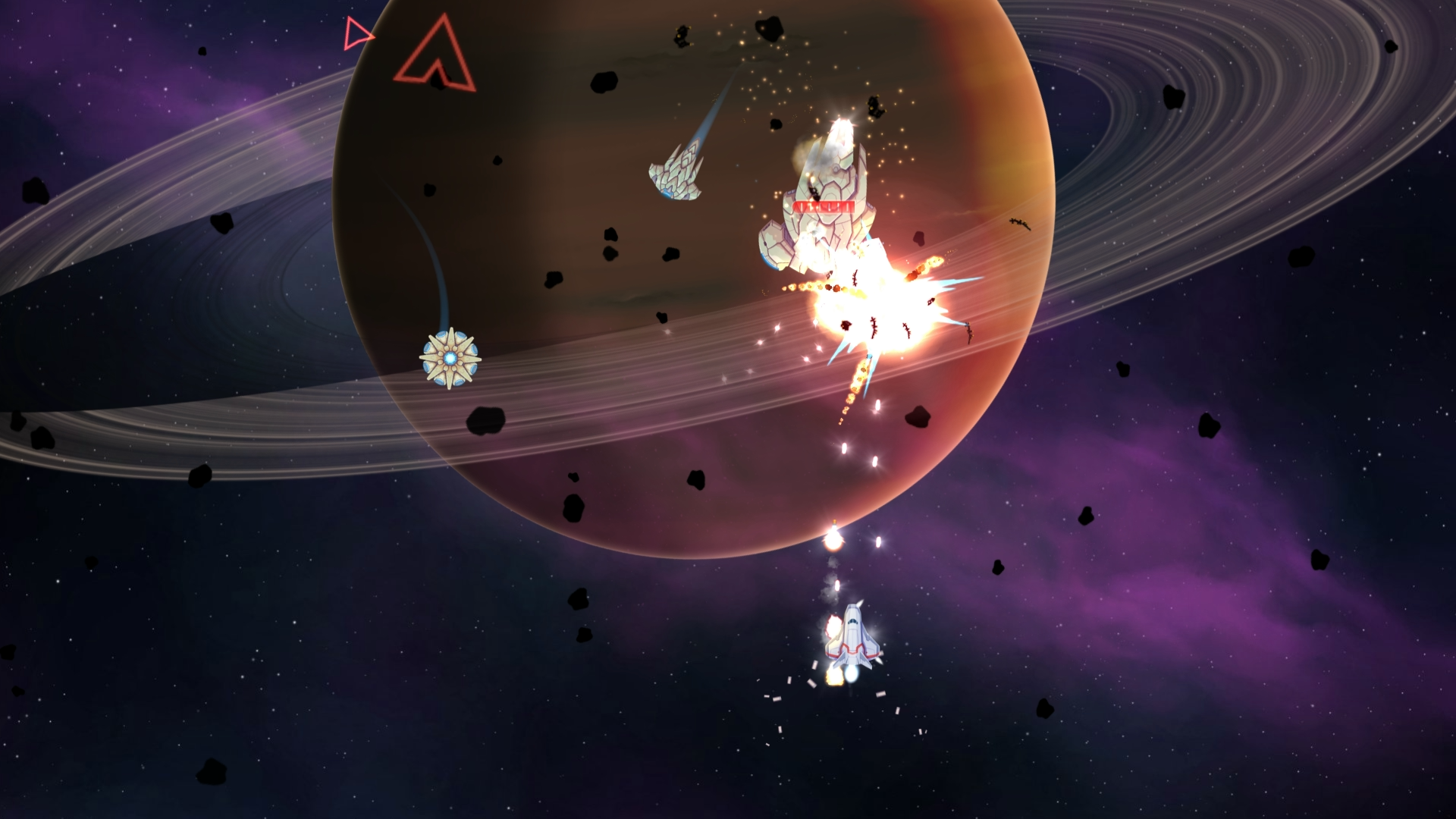
-
Xenoraid Review #22

